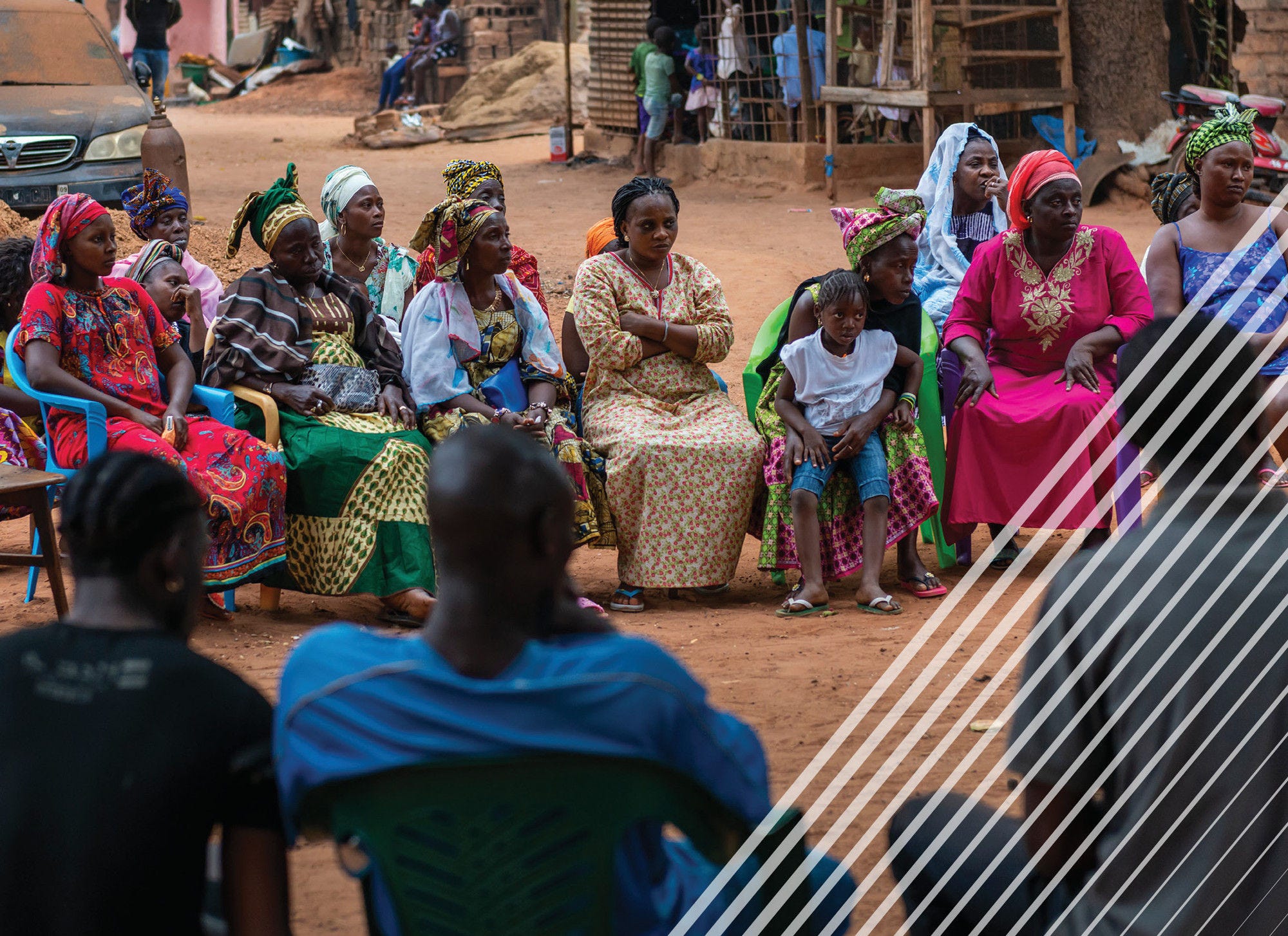Digital Gender Gap, or digital divide, is the difference between groups of people, namely between women and men, with and without access to technology and the internet. Women and girls often have less access to the internet and technology that permits access to the internet, a reality that is most prevalent in developing countries. This issue is crucial to the gender equality agenda as the lack of equal access to technology and the internet prohibits women and girls from accessing information and speaking out. The lack of access and involvement of women and girls in this arena can further exacerbate existing inequalities and can negatively impact countries’ economic development (Plan International, 2021[1]).
‘Do no harm’ is a principle that was developed in “response to the growing recognition of the potential negative effects of aid” (Charancle and Lucchi, 2018, p. 4[2]). The application of this principle means to take steps to avoid exposing individuals or groups of people to additional risks through an intervention, and to consider how potential negative effects on communities, economies and the environment, can be mitigated.
Gender refers to “the roles, behaviours, activities, and attributes that a given society at a given time considers appropriate for men and women. In addition to the social attributes and opportunities associated with being male and female and the relationships between women and men and girls and boys, gender also refers to the relations between women and those between men. These attributes, opportunities and relationships are socially constructed and are learned through socialisation processes. They are context/ time-specific and changeable (…)” (UN Women, OSAGI Gender Mainstreaming: Concepts and definitions, https://www.un.org/womenwatch/osagi/conceptsandefinitions.htm).
Not all individuals identify with a binary concept of sex or gender categories of male and female, masculine and feminine. Gender and sex are related to, but different from, gender identity. Gender identity refers to a person’s deeply felt, internal and individual experience of gender, which may or may not correspond to the person’s physiology or designated sex at birth. (WHO, Gender and Health webpage https://www.who.int/health-topics/gender#tab=tab_1).
Gender equality refers to the “equal rights, responsibilities and opportunities of women and men and girls and boys. Equality does not mean that women and men will become the same but that women’s and men’s rights, responsibilities and opportunities will not depend on whether they are born male or female. Gender equality implies that the interests, needs and priorities of both women and men are taken into consideration, recognising the diversity of different groups of women and men (…)” (UN Women, OSAGI Gender Mainstreaming: Concepts and definitions https://www.un.org/womenwatch/osagi/conceptsandefinitions.htm).
Gender mainstreaming is “the process of assessing the implications for women and men of any planned action, including legislation, regulations, policies or programmes, in all areas and at all levels. It is a strategy for making women’s as well as men’s concerns and experiences an integral dimension of the design, implementation, monitoring and evaluation of policies and programmes in all political, economic and societal spheres so that women and men benefit equally and inequality is not perpetuated. The ultimate goal is to achieve gender equality” (ECOSOC 1997).
The empowerment of women and girls concerns their “gaining power and control over their own lives. It involves awareness-raising, building self-confidence, expansion of choices, increased access to and control over resources and actions to transform the structures and institutions, which reinforce and perpetuate gender discrimination and inequality. This implies that to be empowered they must not only have equal capabilities (such as education and health) and equal access to resources and opportunities (such as land and employment), but they must also have the agency to use these rights, capabilities, resources and opportunities to make strategic choices and decisions (such as is provided through leadership opportunities and participation in political institutions).” (UN Women Training Center https://trainingcentre.unwomen.org/mod/glossary/view.php?id=36&mode=letter&hook=E&sortkey=&sortorder=). In the context of ‘gender equality and the empowerment of women and girls’, the empowerment of women and girls is critical for, and a means to achieve, gender equality. It is however not sufficient. Rather, addressing the root causes of gender inequalities, and working to change harmful social norms including together with men and boys, is essential to realise sustainable gender equality.
Intersectionality is a theoretical framework that suggests that social identifiers (such as race, ethnicity, faith, socioeconomic status, class, caste, geographic location, age, ability, sexual orientation, religion, migration status and gender) come together, or intersect, at a micro level to result in an individual’s lived experience (Coleman, 2019[3]). This experience is considered within the various social, institutional, and structural systems of privilege that reinforce oppression (sexism, ableism, racism) (Bowleg, 2012[4]). Such a framework encourages more comprehensive study and analysis, and allows for a greater understanding of how this information can be utilized to inform policy and programmes and benefit those who are experiencing disproportionate levels of marginalization, discrimination, or barriers.
Survivor-centered is an approach that describes a set of principles, beliefs, and actions where the rights, needs and wishes of a survivor of violence are prioritised when designing and implementing programmes and policies, collecting data, and more. This approach necessitates safety, confidentiality, respect and non-discrimination (GBV AoR Working Group, 2019[5]).
